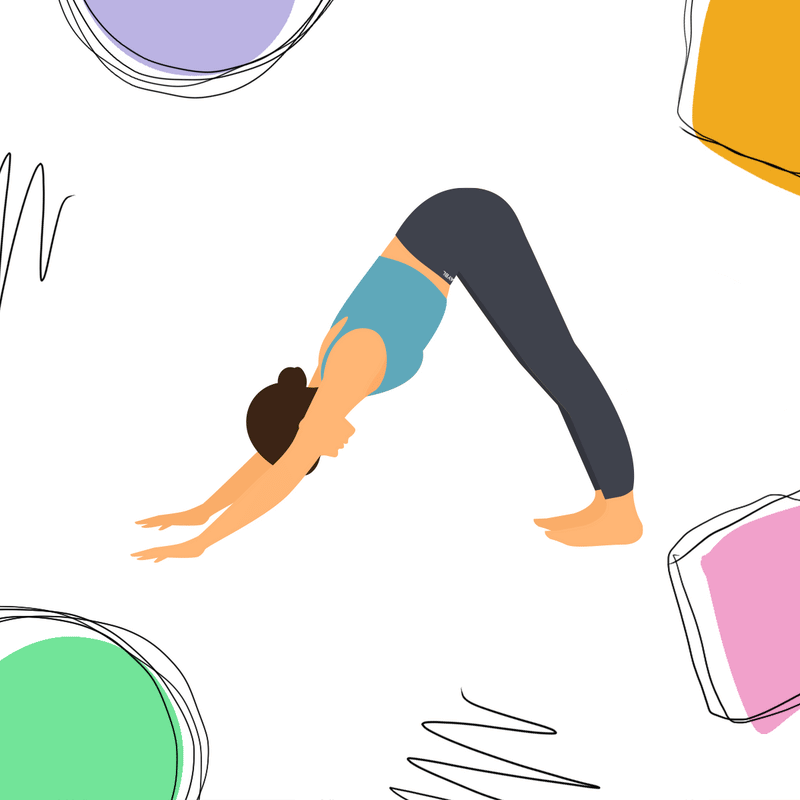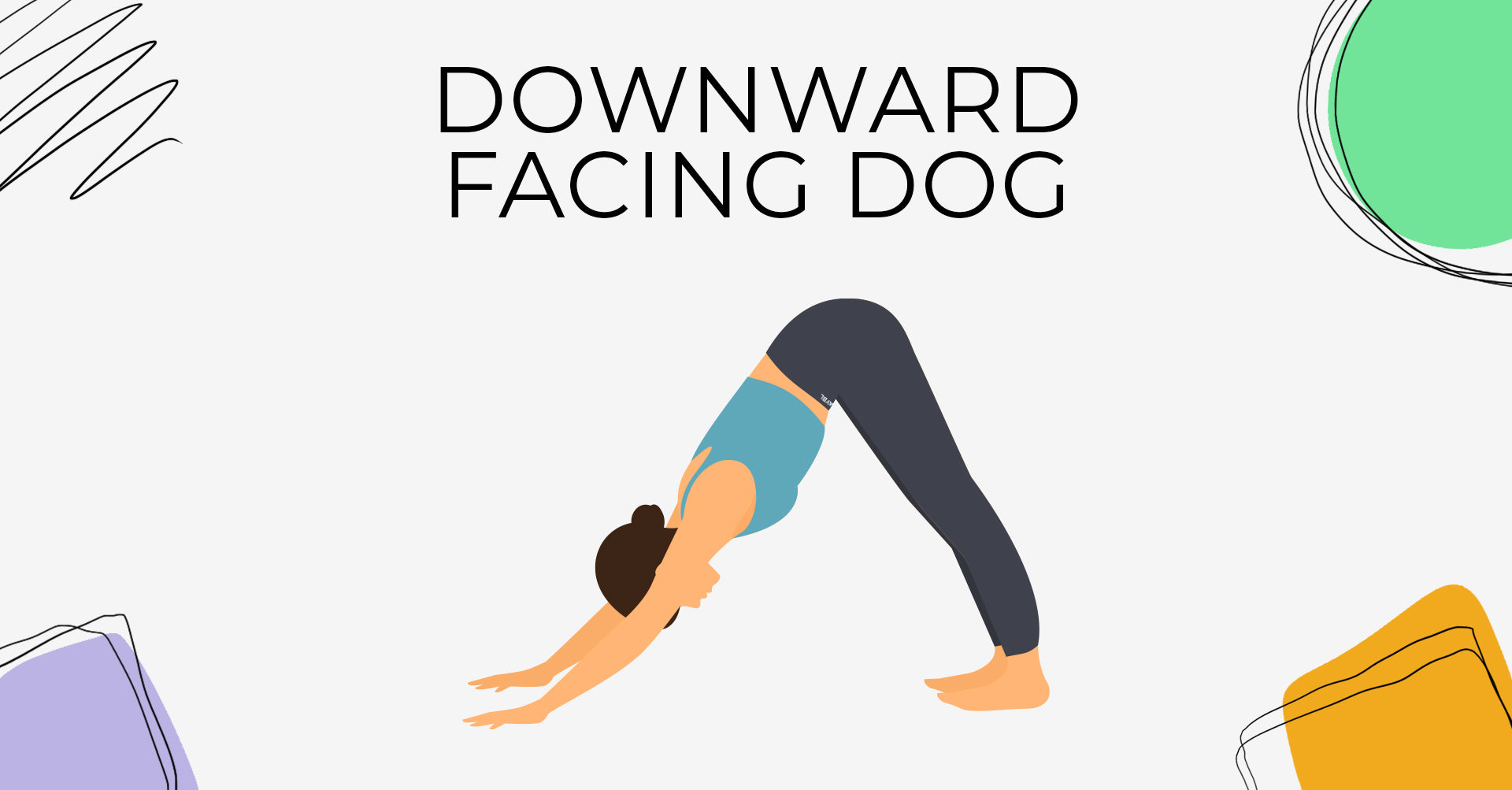
6 Mobility Exercises To Improve Your Posture
Whether you're working remotely or in the office, trying to stay active can seem near impossible, especially when the best part of your day is spent sitting at a desk.
However, keeping active is perhaps more important now than ever, as sitting for prolonged periods of time has been linked with a number of health concerns, including obesity, high blood pressure and even a greater risk of depression.
To add to that, sitting for more than seven hours a day can also have a negative impact on posture and joint mobility.
That’s why we’ve put together a list of equipment-free mobility exercises you can do to improve your posture and free up your joints.
WHY IS POSTURE IMPORTANT?
Having good posture is about more than looking good. It helps you to build strength, flexibility and balance which can help to reduce muscle pain and provide more energy throughout the day.
Proper posture also relieves stress on your muscles and ligaments, which can reduce your risk of injury.
HOW TO IMPROVE POSTURE?
Improving your posture helps you to become more aware of your muscles, making it easier to correct your own posture. As you work on your posture, you may start to notice some imbalances or areas of tightness.
Here are six mobility exercises to improve posture.
1. CAT-COW STRETCH
Sitting for prolonged periods is associated with a reduced range of motion in the mid-back, which can leave you feeling stiff. Practising cat-cow stretches restores movement in this area, while helping to relieve tension in your shoulders, neck and torso.
- Start on your hands and knees with your weight balanced evenly between all four points. Your wrists should be underneath your shoulders and your knees underneath your hips.
- As you inhale, look up and allow your belly to sink toward the ground as you extend your spine. This is cow pose.
- As you exhale, come into cat pose by arching your spine toward the ceiling and tucking your chin into your chest.
- Repeat this sequence for 10 slow repetitions.

2. CHILD’S POSE
This pose works to improve your posture by stretching and lengthening your spine, glutes and hamstrings. It also helps to release tension in your lower back and neck.
- Sit on your shins with your knees together, your big toes touching and your heels splayed out to the side.
- Fold forward at your hips and walk your hands out in front of you.
- Sink your hips back down toward your feet, so your bottom is aiming to touch your ankles. If your thighs won’t go all the way down, you can place a pillow under them for support.
- Gently place your forehead on the floor or turn your head to one side.
- Keep your arms extended as you relax your shoulders toward the ground.
- Hold this position for up to five minutes while continuing to breathe deeply.

3. DOWNWARD FACING DOG
The downward facing dog pose is an effective mobility exercise to relieve back pain, while also strengthening and aligning your back muscles. If practised regularly, it can help to improve posture.
- Lying with your stomach on the floor, press into your hands as you tuck your toes under your feet and lift your heels.
- Lift your knees and hips to bring your sitting bones up toward the ceiling.
- Bend your knees slightly and lengthen your spine.
- Keep your ears in line with your upper arms or tuck your chin all the way into your chest.
- Press firmly into your hands and keep your heels slightly lifted.
- Remain in this pose for up to a minute.

4. HIGH PLANK
The high plank pose helps to relieve pain and stiffness throughout your body while strengthening your shoulders, glutes and hamstrings. It is also a great way to build balance and strength in your core and back - both of which are important for good posture.
- Start on all fours and straighten your legs, lift your heels and raise your hips.
- Straighten your back, so you’re in a neutral spine position, and engage your abdominal, arm and leg muscles.
- Lengthen the back of your neck by slowly looking down at the floor. Make sure to keep your chest open and shoulders back.
- Hold this position for up to one minute at a time.

5. FORWARD FOLD
This standing stretch releases tension in your spine, hamstrings and glutes, while stretching your hips and legs. As you do this stretch, you should feel the entire back side of your body opening up and lengthening.
- Stand with your feet hip-width apart, knees slightly bent and arms by your sides.
- Exhale as you fold forward from the hips and bring your head towards the floor. Tuck your chin into your chest, relax your shoulders and think about extending the crown of your head toward the floor to create a long spine.
- Keep your knees straight but with a gentle bend, so they’re not locked. This will help to protect your back.
- Touch the floor with your fingertips or reach them as far as feels comfortable. You can also wrap your arms around your legs if you wish.
- Hold this pose for 30 to 60 seconds and don’t forget to breathe.

6. WALL SLIDES
Wall slides are great for tackling rounded shoulders and forward head posture, which are often a result of chronic sitting.
This exercise activates the deep neck flexors and the mid-back area, helping you to open up through the front of the body and adopt a more upright position.
- Stand with your back flat to a wall, touching the wall with your head and your entire back, so there is no arch in the lower back.
- Place your arms out to your side with your elbows bent at 90 degrees. Your elbows and the back of your hands should touch the wall.
- Slowly slide your arms up the wall, aiming to get your arms straight up overhead while maintaining all of the points of contact mentioned.
- When you reach the top, slowly reverse the motion, pulling your elbows down toward your hips.
- If you find it difficult to maintain contact between your lower back and the wall, you may need to step your feet further away from the wall and bend your knees.
- Slowly repeat this sequence 10 times, followed by a 10 second hold in the overhead reach position.

Requiring only a fraction of your time, these mobility exercises are an easy and accessible way to improve your posture. Plus, with no need for equipment, you can even try these posture exercises during the day to break up your busy work schedule.
Whenever or wherever you choose to do them, make sure you’re finding time to keep active and look after your posture.
Want more fitness tips? Check out The Best Workouts For You Based On Your Star Sign.